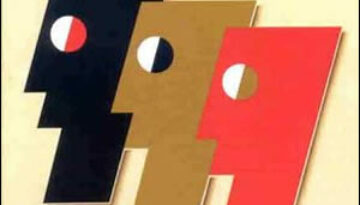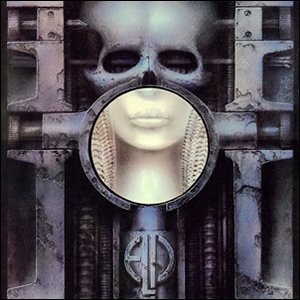Emerson, Lake and Powell
Buy Emerson, Lake and Powell Emerson, Lake & Powell was a quasi-supergroup which existed in the mid-1980s and released a singular, self-titled studio album. The trio was two-thirds of the 1970s group Emerson, […]

Buy Emerson, Lake and Powell Emerson, Lake & Powell was a quasi-supergroup which existed in the mid-1980s and released a singular, self-titled studio album. The trio was two-thirds of the 1970s group Emerson, […]

Buy Brain Salad Surgery Emerson, Lake, & Palmer reached their progressive climax with their fourth studio album Brain Salad Surgery. It was the group’s most ambitious and commercially successful album, with a mixture […]